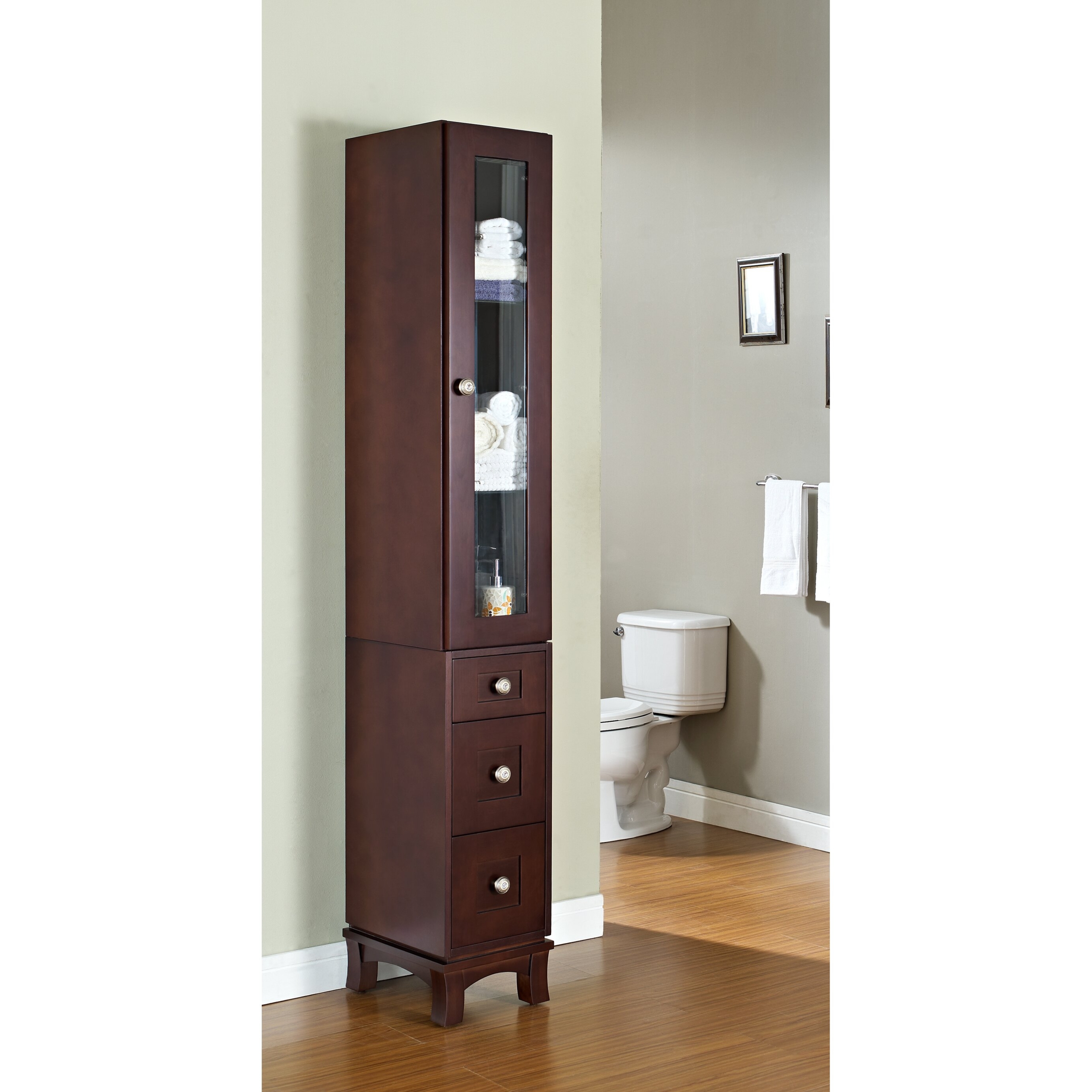Installing and Maintaining Your Cabinet: 12 Inch Wide Bathroom Floor Cabinet

Installing your new bathroom floor cabinet is a straightforward process that can be completed with basic tools and some simple steps. By following these instructions, you can ensure a secure and functional installation. Regular maintenance will help keep your cabinet looking its best and functioning smoothly for years to come.
Installing Your Cabinet
Installing your bathroom floor cabinet requires some basic tools and a few steps.
- Gather your tools. You will need a tape measure, level, pencil, drill, screwdriver, stud finder, and appropriate screws for your cabinet and wall type.
- Choose the location. Select a spot in your bathroom that is level, clear of obstacles, and near plumbing and electrical outlets if necessary.
- Mark the wall. Using your tape measure and level, mark the wall where you want to install the cabinet. Make sure the marks are level and centered.
- Locate studs. Use a stud finder to locate the wall studs in the marked area. This will ensure that the cabinet is securely attached to the wall.
- Drill pilot holes. Drill pilot holes into the wall studs where you will be attaching the cabinet. This will prevent the wood from splitting when you drive in the screws.
- Attach the cabinet. Align the cabinet with the marked area on the wall and secure it to the wall studs using the appropriate screws. Make sure the cabinet is level and secure.
- Install the hardware. If your cabinet has shelves or drawers, install the hardware according to the manufacturer’s instructions.
- Clean up. Remove any debris or dust from the installation area.
Maintaining Your Cabinet, 12 inch wide bathroom floor cabinet
Regular maintenance is essential for keeping your bathroom floor cabinet clean and functional.
- Clean the cabinet regularly. Dust and wipe down the cabinet with a damp cloth. Avoid using harsh chemicals or abrasive cleaners that can damage the finish.
- Clean the shelves and drawers. Remove any items from the shelves and drawers and clean them with a damp cloth. You can use a mild soap and water solution if necessary.
- Check the hardware. Regularly inspect the cabinet hardware, such as hinges and handles, for any signs of wear or damage. Tighten any loose screws or replace damaged hardware as needed.
- Inspect for water damage. Check for any signs of water damage, such as warping or discoloration. If you notice any signs of water damage, contact a professional for repairs.
- Keep the cabinet dry. Avoid placing wet items directly on the shelves or in the drawers. This will help prevent mildew and mold growth.
Cleaning Your Cabinet
The best way to clean your bathroom floor cabinet depends on the material it is made of.
- Wood cabinets. For wood cabinets, use a mild soap and water solution to clean the surface. Avoid using harsh chemicals or abrasive cleaners that can damage the finish. You can also use a wood polish to help protect and enhance the wood’s natural beauty.
- Laminate cabinets. Laminate cabinets are easy to clean and maintain. Use a damp cloth with a mild soap and water solution to wipe down the surface. Avoid using harsh chemicals or abrasive cleaners that can damage the laminate finish.
- Metal cabinets. Metal cabinets are durable and easy to clean. Use a damp cloth with a mild soap and water solution to wipe down the surface. You can also use a metal polish to help restore the shine.
